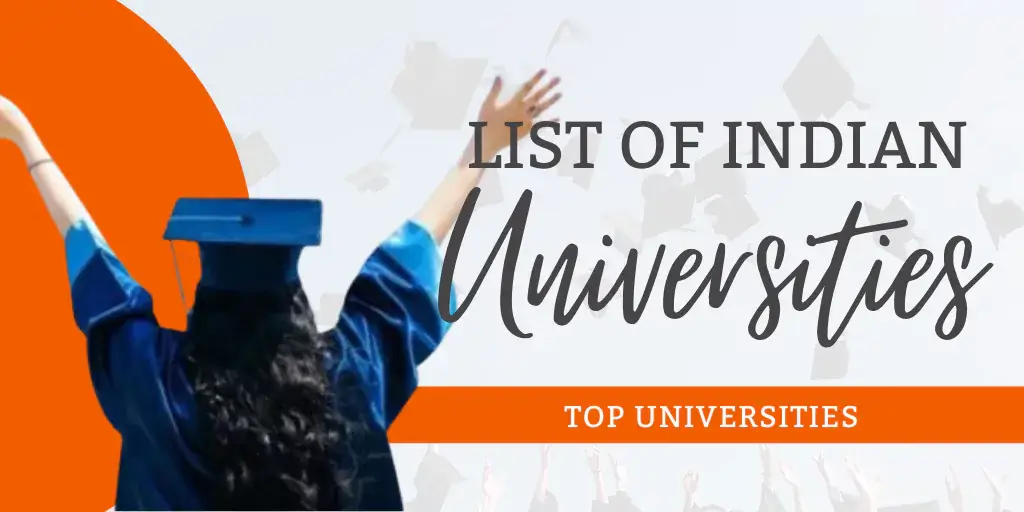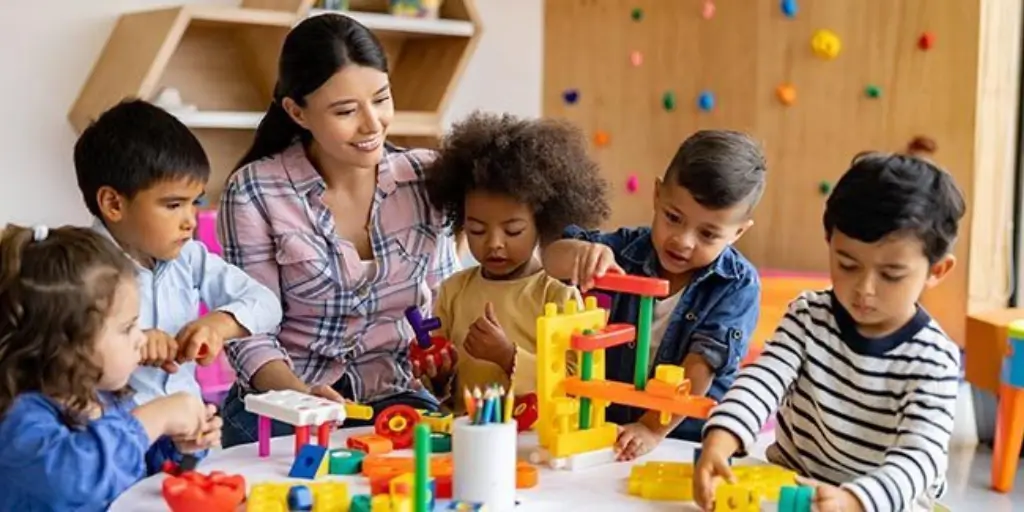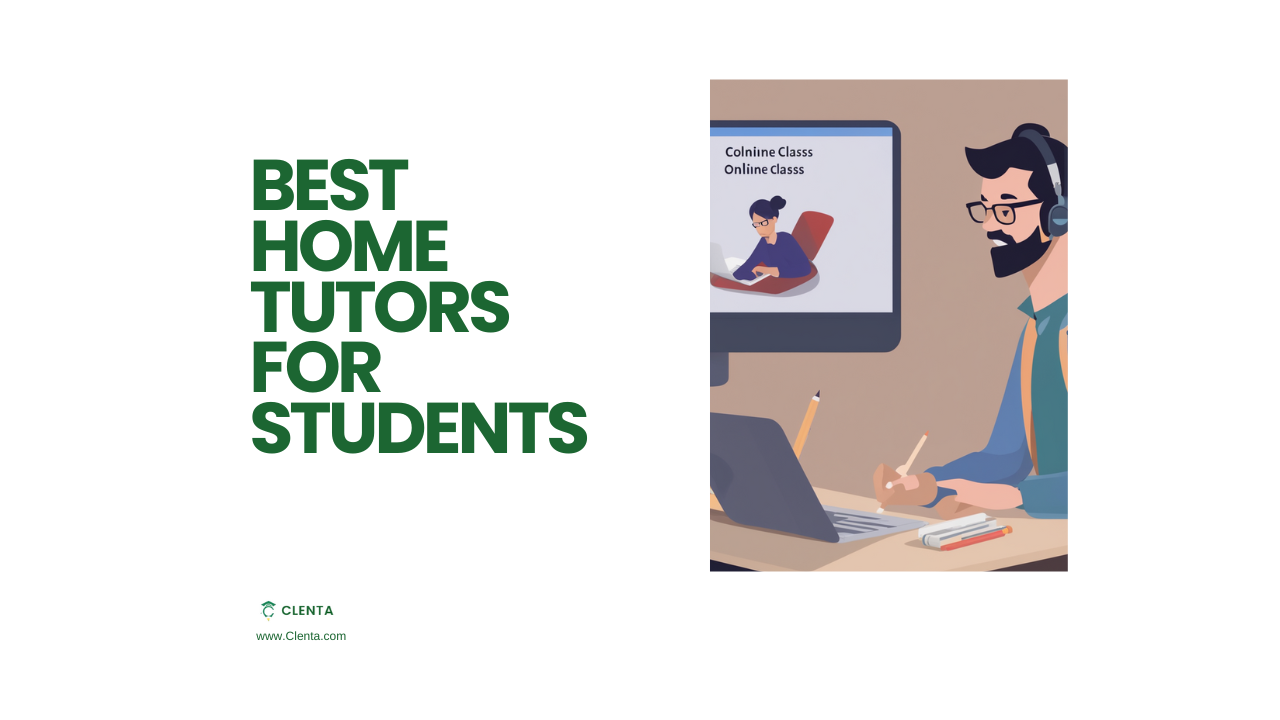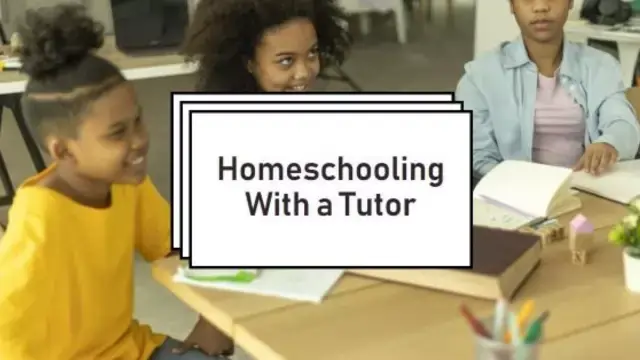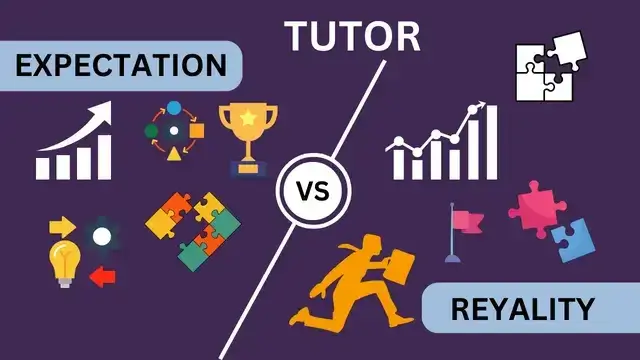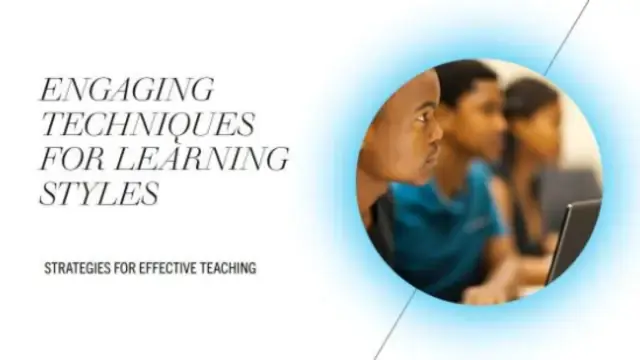
Exploring Multisensory Learning: Engaging Techniques for Different Learning Styles
Discover effective multisensory learning techniques to engage diverse learning styles. Enhance your teaching approach on our tutor website
In a diverse classroom, students have unique learning styles and preferences. To cater to these differences, educators are increasingly turning to multisensory learning techniques. By engaging multiple senses during instruction, this approach promotes deeper understanding and enhances retention. In this blog post, we will delve into the concept of multisensory learning and explore effective techniques to engage different learning styles.
1. What is Multisensory Learning?
Multisensory learning involves incorporating visual, auditory, kinesthetic, and tactile experiences into the learning process. By appealing to multiple senses, this approach strengthens neural connections and improves information processing, benefiting students with various learning styles.
2. Visual Techniques:
Visual learners thrive on visual cues and aids. Utilize visual aids such as diagrams, charts, and infographics to reinforce concepts. Incorporate colorful visuals and graphic organizers to enhance comprehension and memory recall.
3. Auditory Techniques:
Auditory learners grasp information through listening and spoken words. Incorporate lectures, discussions, and audio recordings to engage these learners. Encourage verbal explanations, group discussions, and reading aloud to reinforce understanding.
4. Kinesthetic Techniques:
Kinesthetic learners learn best through hands-on experiences and movement. Incorporate interactive activities, experiments, and role-playing exercises. Encourage students to physically engage with materials and incorporate physical movement during learning.
5. Tactile Techniques:
Tactile learners learn by touching and manipulating objects. Provide hands-on materials like manipulatives, textured surfaces, and tactile games. Encourage students to take notes, use flashcards, and engage in activities that involve physical touch and interaction.
6. Blended Techniques:
Combining multiple sensory experiences can benefit learners with mixed learning styles. Implement activities that involve a combination of visual, auditory, kinesthetic, and tactile elements. For example, creating and presenting a visual project while discussing the content aloud and engaging in hands-on demonstrations.
Conclusion:
Multisensory learning is a powerful tool for engaging students with different learning styles, making the educational experience more inclusive and effective. By incorporating visual, auditory, kinesthetic, and tactile techniques, educators can create a dynamic and engaging learning environment. Understanding and accommodating diverse learning preferences foster a deeper understanding and improve overall academic performance.
At Clenta.com, our experienced tutors specialize in utilizing multisensory learning techniques to cater to individual learning styles. Whether your child is a visual, auditory, kinesthetic, or tactile learner, our tutors can adapt their teaching methods to ensure a personalized and effective learning experience.
Remember, embracing multisensory learning allows students to unlock their full potential, regardless of their learning style. Start implementing these techniques today to create an inclusive and engaging learning environment for all students.
Last update: 2023-07-18 20:42:04
 Clenta
Clenta




